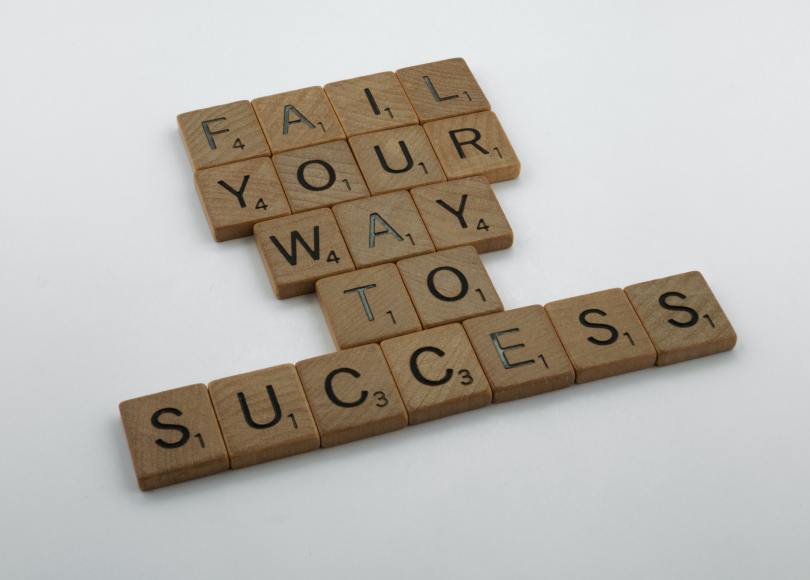Speaking from experience, if you are an organizational leader and want a competitive advantage and team, don’t let the fear of failure derail growth. Here are some ways to be intentional in your behavior to push yourself and your people out of the comfort zone and into the innovation zone.
Creating a work environment where authenticity is rewarded is essential if you want your people to embrace failure rather than run from it. Being authentic is being true to yourself and values and openly taking responsibility for mistakes. When everyone is given permission to bring their true selves to work, an emotional safe zone is created, and people are less afraid to be vulnerable. The freedom that results will lead to an increased willingness to share ideas without fear of judgment. In my experience as a management consultant, when a sense of safety is created in the workplace and truth is encouraged, it results in higher levels of team performance. When people are allowed to express their thoughts and learn from their mistakes, fear of failure is replaced with empowerment and confidence – and ultimately, better problem solving and ideation.
Discovery is rarely a result of conformity. If you want to encourage yourself and others to succeed and innovate in today’s competitive business environment, help them learn to take risks. On the other hand, when people are excessively risk averse, this creates large opportunity costs for the business. It’s not enough to say you support out-of-the-box thinking. As a leader, model that behavior and give employees and teammates permission to experiment. Reward those who are bold enough to take risks, even if they don’t always pay off. When other employees see this recognition of creativity, they will be more likely to follow, and the culture of risk aversion will turn to one of experimentation and enthusiasm.
Another important lesson about risk-taking and failure is to know when to admit defeat, so you can course correct. Good leaders know that failure drives innovation, but they also know when a new idea just isn’t working. It’s better to fail quickly and acknowledge missteps before the stakes get too high. Failure isn’t always a result of human error. Resources can become obsolete, and processes can become irrelevant at any time during a project. So, we must be willing to pivot quickly. Create feedback loops and document best practices for learning, accept defeat with grace, and then move on.
When people make mistakes, there is an emotional toll. As leaders, it is important to help people move past the stigma of defeat and that simply cannot happen if it’s dwelled upon negatively. Even comments made in jest at a team meeting can be an unnecessary reminder of disappointment. As leaders, we need to have short memories to discourage disengagement. In the immortal words of Frozen’s Elsa, we must “Let it go.”
To foster an environment of innovation, be a company leader who is more focused on ensuring great outcomes than avoiding unfortunate consequences. CEO of Fortuna Advisors Greg Milano often says that a willingness to experiment and accept failure is necessary to create fresh and differentiated products and services that drive long-term growth. So be bold and encourage your employees to reach for the stars. The worst-case scenario is that they land on the moon.
Chelsey Beale, MBA
Senior Change Management Associate of Fortuna Advisors, organizational consultants focused on helping companies improve their financial and behavioral processes to enhance corporate value and create corporate cultures where everyone embraces and acts upon a long-term investor perspective.

